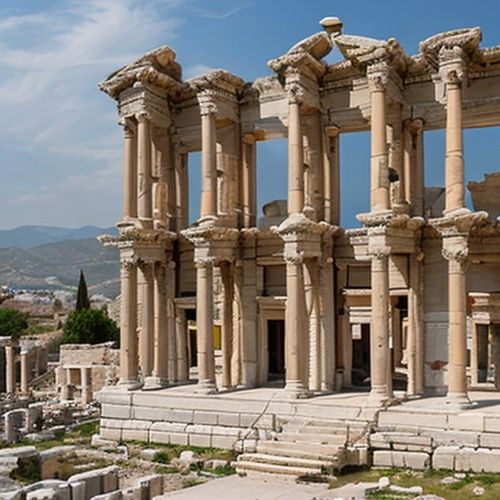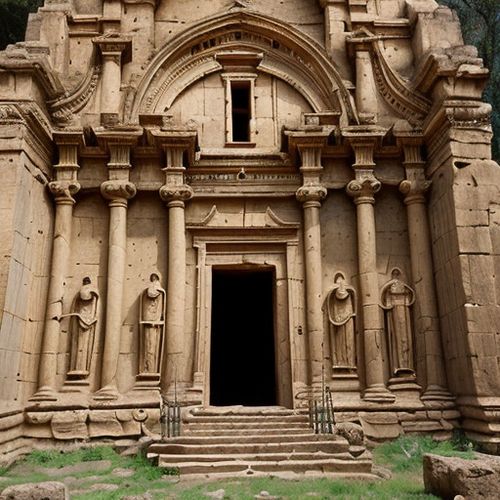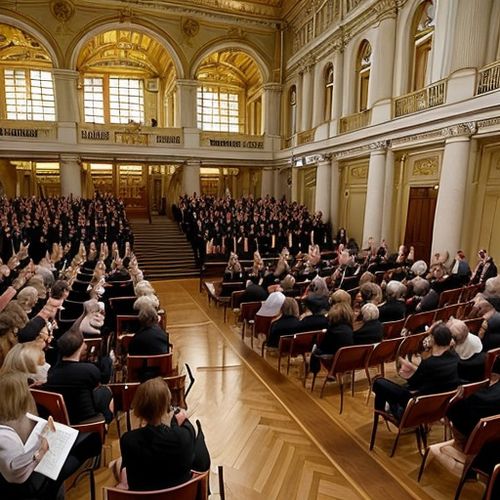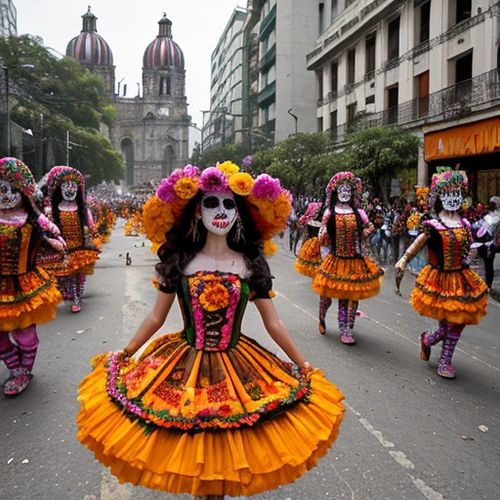The ancient rock-hewn churches of Ethiopia stand as silent witnesses to centuries of faith, artistry, and cultural resilience. Carved directly into the living rock, these architectural marvels are not merely places of worship but repositories of history, art, and spiritual devotion. However, their very existence is under threat—not just from the passage of time but from the unintended consequences of human interaction. In recent years, authorities and conservationists have implemented strict measures to limit physical contact with these fragile structures, sparking a delicate balance between preservation and accessibility.
Among the most famous of these churches are the eleven medieval monolithic structures of Lalibela, a UNESCO World Heritage Site often referred to as the "New Jerusalem." Pilgrims and tourists alike have long been drawn to these sacred spaces, where the walls are adorned with intricate carvings and fading frescoes that tell stories of saints, kings, and divine intervention. Yet, the oils from human hands, the pressure of countless footsteps, and even the moisture from breath have taken a toll on these delicate surfaces. What was once an act of reverence—touching a centuries-old icon or leaning against a pillar for support—has become an act of inadvertent destruction.
The challenge lies in reconciling the need for preservation with the deep spiritual and cultural significance these churches hold. For many Ethiopian Orthodox Christians, these sites are not just historical artifacts but living embodiments of their faith. Pilgrims travel great distances to pray, light candles, and seek blessings within these hallowed walls. To them, the idea of being barred from touching a revered icon or resting a hand on a sacred pillar can feel like a denial of their religious practice. This tension between conservation and tradition has required careful negotiation, with clergy and conservationists working together to find solutions that honor both the physical integrity of the churches and the spiritual needs of the faithful.
One approach has been the installation of protective barriers—transparent screens that allow visitors to view the artwork up close without direct contact. In some churches, fragile frescoes have been digitally scanned and reproduced nearby, offering visitors a chance to appreciate their beauty in detail while the originals remain untouched. These measures, however, are not without controversy. Some argue that such interventions disrupt the sacred atmosphere of the spaces, turning them into museums rather than living places of worship. Others point out that the churches themselves were never meant to be static monuments but evolving spaces shaped by the hands and hearts of generations.
Climate and environmental factors compound the challenges of preservation. The highlands of Ethiopia, where many of these churches are located, experience dramatic temperature fluctuations and seasonal rains. Moisture seeping into the rock can weaken structural integrity, while sunlight streaming through open windows fades pigments that have survived for centuries. Conservation efforts now extend beyond human interaction to address these environmental threats. Controlled ventilation systems, UV-filtering window coverings, and even limitations on the number of candles burned at once are among the strategies being employed to slow the inevitable decay.
The role of tourism in this delicate ecosystem cannot be overlooked. Before the pandemic, Lalibela alone attracted tens of thousands of visitors annually, bringing vital economic benefits to the region but also increasing wear on the churches. Some conservationists advocate for stricter limits on visitor numbers or the implementation of timed entry systems. Others suggest that higher entrance fees could fund preservation efforts while naturally limiting foot traffic. However, such proposals must be weighed against the needs of local communities that rely on tourism income and the right of believers to access their sacred sites.
Perhaps the most profound shift has been in the way these churches are presented and understood. Where once visitors might have wandered freely, touching surfaces and taking flash photographs, there is now a greater emphasis on education and mindful engagement. Guides explain not just the history of the churches but why certain areas are off-limits. Pilgrims are encouraged to see non-contact as an act of respect—a way to ensure these sacred spaces endure for future generations. This cultural shift, while subtle, may prove more effective in the long term than any physical barrier.
Looking to the future, technology may offer new solutions. Three-dimensional mapping could create virtual replicas of the churches, allowing detailed study without physical interaction. Advanced monitoring systems could track minute changes in humidity or temperature, enabling preemptive conservation measures. Yet even as these tools are developed, the fundamental question remains: how to preserve not just the physical structures but the living traditions they embody? The rock-hewn churches of Ethiopia are more than stone and pigment; they are vessels of memory, faith, and identity. Protecting them requires approaches as nuanced and layered as the churches themselves.
As the sun sets over Lalibela, casting long shadows across the cross-shaped trenches that isolate the churches from the surrounding rock, one can't help but reflect on the paradox of these ancient spaces. They were carved to last eternally, yet their survival now depends on human restraint. The very hands that once shaped them must now hold back, not out of indifference but out of love. In this delicate dance between touch and non-touch, between access and preservation, Ethiopia is writing a new chapter in the story of these extraordinary churches—one that future generations may one day study as carefully as we now study the frescoes on their walls.

By Jessica Lee/May 20, 2025

By Victoria Gonzalez/May 20, 2025

By Christopher Harris/May 20, 2025

By Sophia Lewis/May 20, 2025

By Natalie Campbell/May 20, 2025

By Christopher Harris/May 20, 2025

By George Bailey/May 20, 2025

By Sarah Davis/May 20, 2025

By Daniel Scott/May 20, 2025

By Benjamin Evans/Apr 11, 2025

By Emily Johnson/Apr 11, 2025

By Sophia Lewis/Apr 11, 2025

By Emma Thompson/Apr 11, 2025

By Noah Bell/Apr 11, 2025

By James Moore/Apr 11, 2025

By Christopher Harris/Apr 11, 2025

By Christopher Harris/Apr 11, 2025

By Daniel Scott/Apr 11, 2025

By Grace Cox/Apr 11, 2025